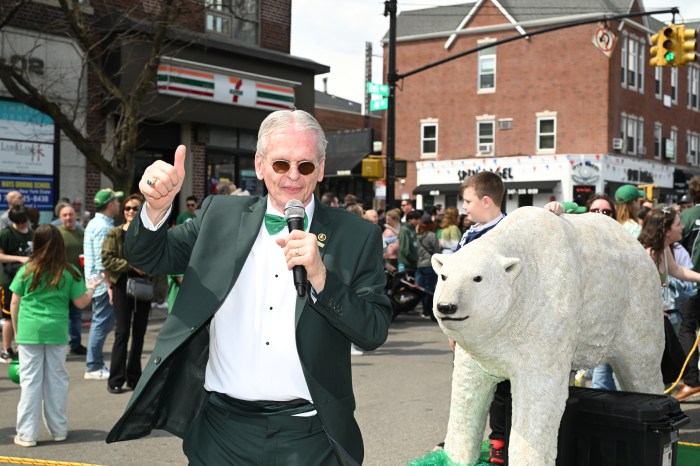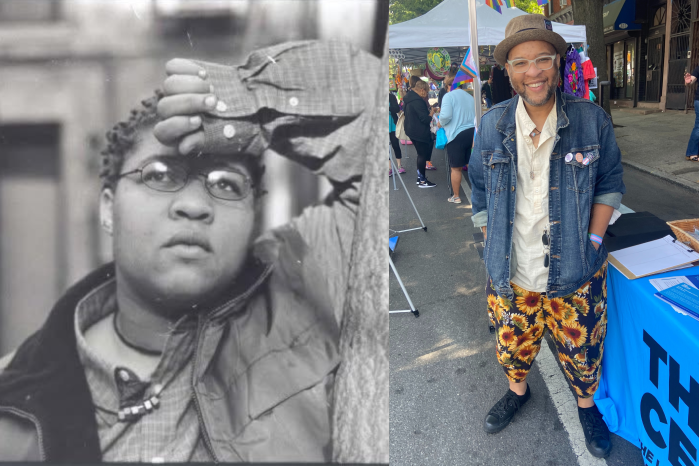
While the specifics of the Stonewall National Monument are still being worked out, activists can now begin work on collecting the stories of early LGBTQ leaders.
A $1 million grant from Google’s Philanthropy wing to go toward memorializing the histories of people involved with the 1969 civil rights protests at the Stonewall Inn in Greenwich Village was announced by the city’s Lesbian, Gay, Bisexual & Transgender Community Center and the National Park Foundation on Sunday.
Thomas Lanigan-Schmidt, 69, who protested at the bar during the uprising, said the stories would teach the younger generation about the diverse group of people who fought for change, as well as to really feel the struggle that the community faced and still faces.
“It’s still an ongoing struggle,” he said.
National Park Foundation president Will Shafroth said the preservation work needs to happen as soon as possible, even as the federal government continues to work out the funding and design of the monument.
“This is a centerpiece of the bigger national story,” he said.
The bar, located opposite Christopher Park, was the site of a police raid against gay bars in the city on June 28, 1969. The patrons stood their ground, sparking weeks of protest and inspiring the gay rights movement.
Last year, then-President Barack Obama designated an area that includes the bar and park as the first LGBTQ national monument. The National Park Foundation hopes to officially launch the monument by the 50th anniversary of the protests in 2019, with a park ranger and informative exhibits.
As part of Google’s contribution, the company will work with the LGBT Center to create a digital education curriculum centered around Stonewall’s history and include an interactive experience at the monument.
Eric Schmidt, the executive chairman of Google’s parent company Alphabet, said the monument would be a key symbol of progress for future activists.
“I can’t think of anything more important than to preserve our principles,” Schmidt said.
Shafroth said he hoped Google would inspire other private companies to donate to the monument.
“The money goes to tell the story as best as we can,” he said.


































